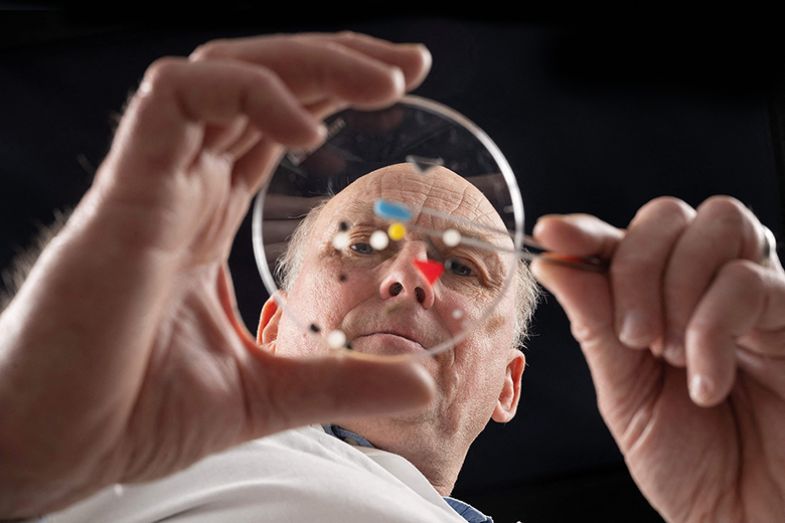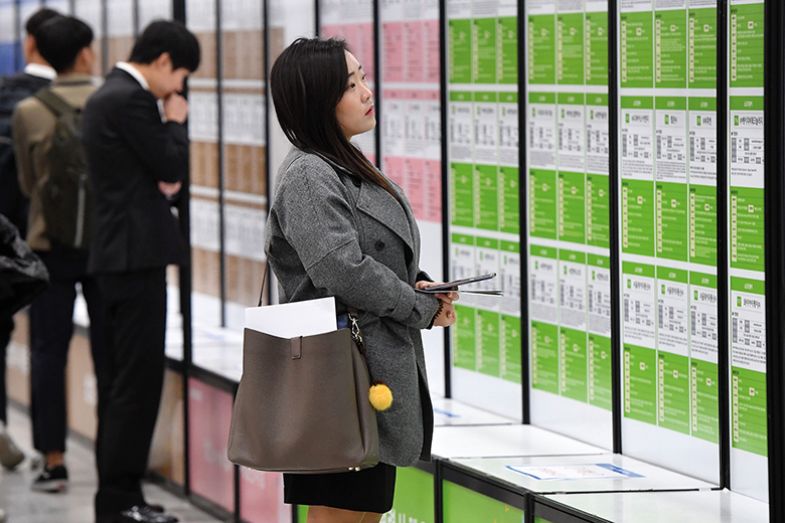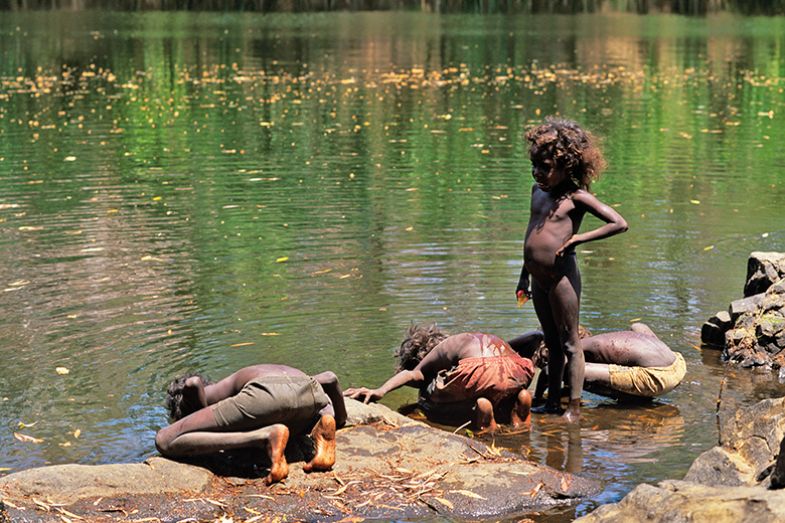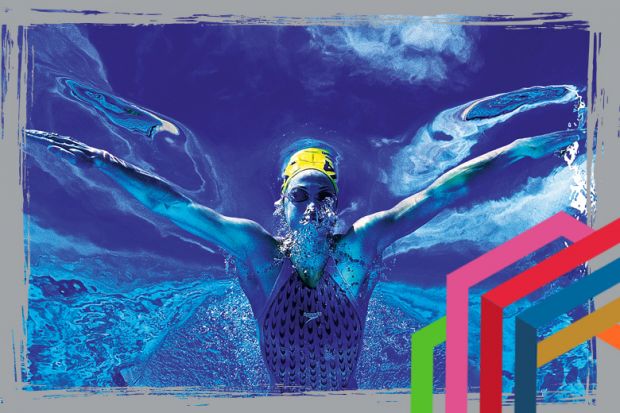Browse the full results of the Impact Rankings 2024
Participate in next year’s Impact Rankings
It is the sixth year of the Times Higher Education Impact Rankings, and they show clearly that the university sector is having an outsized impact on the world’s progress towards the United Nations’ Sustainable Development Goals (SDGs).
That said, some institutions and regions are making more progress than others. Oceania, in particular Australia, is a region that takes sustainability extremely seriously. We see this each year when the tables are published, and 2024 is no different. Looking at the overall table, Australian universities now take four of the top 10 spots, up from three in 2023.
This year, another trend has begun to emerge: some countries are showing great leadership when it comes to particular SDGs. Here, we explore those beacons of excellence and the strategies behind the success.
Industry, innovation and infrastructure: a German story
Investment in infrastructure is crucial to achieving sustainable development, and German universities are world leaders in this area.
As well as measuring research output linked to industry, the table for SDG 9 (industry, innovation and infrastructure) tracks the patents that cite a university’s work, university spin-offs and the amount of research income that comes from industry.
Five German universities have perfect scores in this table: RWTH Aachen University, the Technical University of Munich, TU Dresden, the University of Erlangen-Nuremberg and the University of Stuttgart.
“One key factor why German universities generally perform well in SDG 9 can be attributed to the strong tradition of technically oriented universities, with particularly numerous strong engineering institutes. Here, alongside basic research, collaborative research with industry partners has long been strongly promoted,” says Peter Middendorf, vice-rector for knowledge and technology transfer at the University of Stuttgart.
One particularly successful initiative at Stuttgart is a campus called ARENA2036, which enables joint research and collaboration between people from industry and academia on-site, “on an equal footing”. Several large regional and national companies, as well as smaller firms and start-ups, contribute their expertise and outline their needs. Crucially, the collaboration is underpinned by a legal framework that means “the question of who owns what is developed is clearly regulated”.
The university also invests in the development of spin-offs, from teaching about the process and offering coaching and consulting to providing nationally and internationally oriented accelerator programmes.
The University of Erlangen-Nuremberg also credits a focus on innovation for its high score in this table. The institution says its location is helpful – it is right next door to large companies such as Siemens and Adidas – and Erlangen was recently rated the best German city for innovation.
The university co-founded an innovation hub called ZOLLHOF, which was recently ranked among Europe’s top 50 by the Financial Times. It also invests heavily in in-house consulting services for business founders.
“We [initiate] competitive formats, from hackathons to elevator pitches, and accompany our students on their way towards a successful business plan, seed money and business angel support,” says Joachim Hornegger, the university’s president.
He adds that his institution does “not draw the line too strictly between fundamental research and application”.
“Both are in our focus, and basic research is heavily driven by questions in applied research,” he says.
Impact Rankings 2024: who is excelling at stewardship and outreach?
Impact Rankings 2024: Africa makes a mark
Global university fossil fuel divestment ‘nearing tipping point’
Impact Rankings 2024: universities make trustworthy stewards

Responsible consumption and production: the UK dominates
The efficient use of resources and the minimisation of waste will never be achieved without the support of the university sector, but which regions are setting the pace globally? When it comes to SDG 12 (responsible consumption and production), the UK is especially strong, taking eight of the top 10 places, as well as one-third of the top 100 positions.
Bournemouth University and King’s College London jointly top the table, followed by the University of Reading in third. The universities of Sheffield, Plymouth, Exeter and Manchester and Swansea University also make the top 10.
As well as measuring research on the topic, this table looks at operational measures in relation to responsible consumption and production, a university’s proportion of recycled waste, and whether the institution publishes a sustainability report.
THE spoke to some of the universities leading the pack, and a few themes emerged: one is the importance of having someone senior take a lead on the strategy; another is being meticulous about setting targets and tracking progress with data.
At Bournemouth, for example, the institution knows “exactly how much [waste] we produce and where it goes”, says Lois Betts, its sustainability manager.
UK universities are especially good at ensuring that their supply chains, as well as their own institutions, are as sustainable as possible, and all emphasise the importance of applying principles of the circular economy in their policies.
“The carbon emissions in our supply chain come from all over the world,” says Rosalind Farrow, carbon data manager at the University of Sheffield. “Materials may be grown or mined on one continent, refined on another and turned into a finished product somewhere else, before finally being shipped to the UK. Supply chain carbon emissions are, therefore, our opportunity to influence global carbon emissions, rather than just those from our own operations.”
Using unique initiatives to tackle specific types of waste was also a common activity. At Swansea, for example, there are separate recycling facilities for less commonly reused items such as stationery. And at King’s, staff who need furniture must check if the item they want is available in an internal furniture reuse platform before they can purchase something new. So far, this has diverted 1,855kg of waste from landfill, reduced emissions by 4,909kg of CO2e and saved the university £12,514.
Making it easy for students and staff to reuse or recycle is another key factor. Swansea has an app that incentivises daily recycling and waste avoidance, while the climate and sustainability delivery team at King’s is about to launch a two-year behavioural change campaign focusing on waste.
“The aim is to double down on efforts to reduce single-use plastics and change staff and student behaviours on campus through an extensive series of communications [and] educational and informative events,” says Frans Berkhout, assistant principal of King’s Climate & Sustainability.
Several of the universities combine food waste reduction with local community outreach. Bournemouth, for example, is the UK research partner for FoodMAPP, a project that helps consumers find and buy local food supplies, reducing waste and supporting sustainable purchasing.
According to Julian Skyrme, director of social responsibility at the University of Manchester, “the UK does comparatively well due to the quality of its research on consumption and production, and perhaps due to national environmental legislation that may employ relatively more carrots and sticks to prompt action in this area”.
‘There’s a silencing effect’: the attack on diversity in the US
Talking leadership: Joe Qin on bringing AI into the liberal arts
Talking leadership: Andrew Parfitt on ‘getting work into the world’
How to maintain momentum on sustainability
A legacy in stone: balancing sustainability with tradition

Decent work and economic growth: South Korea tops the table
The top four spots in the SDG 8 (decent work and economic growth) table all go to institutions in South Korea. The country has three more in the top 100.
This table reveals a university’s success as an engine of economic growth and its role as a responsible employer. It tracks institutions’ economic research, their employment practices, their expenditure per employee, the share of students taking work placements and the share of employees on secure contracts.
Pusan National University, which ranks third in the table, has a high proportion of staff on secure contracts. Eunjin Kim, from the university’s division of planning and evaluation, attributes this to national policy, as faculty and staff are national public officials.
When it comes to spending per staff, Pusan is “implementing a stronger investment policy to improve the academic environment for students and the education, research and welfare environment for faculty and staff”, she says. “As a result, the expenditure per employee has been increasing every year.”
The university has also placed a big emphasis on student work experience through its Field Training Support Centre, and it is “making efforts to enhance the efficiency and competitiveness of field training by collecting opinions from trainee students and domestic and international companies”.
“As a result, the number of participating students is gradually increasing, leading to an increase in employment rates,” says Kim.
Five ways business schools can pivot towards sustainability
Sustainable finance is no substitute for net zero targets
Universities are only as strong as the communities they serve
Impact Rankings 2024 digital edition

Clean water and sanitation: Australia leads again
When it comes to contributing to SDG 6 (clean water and sanitation), Australian universities are among the very best globally, with seven in the top 10. UNSW Sydney, the University of Newcastle, the University of Technology Sydney (UTS), Macquarie University, Griffith University, Western Sydney University and RMIT University all feature in the elite group.
As with the UK universities’ approach to waste management, a common theme is meticulous data collection and analysis, especially when it comes to water reuse and recycling. Another is strong partnerships with other types of organisations, as might be expected when dealing with a resource such as water. UTS, for example, partners with Melbourne water businesses to help cut demand and reduce the pressure on natural water supplies, while Macquarie has been collaborating with Sydney Water for more than two decades to help ensure the cleanliness of the city’s drinking water.
Universities cite numerous impactful initiatives on their own campuses, such as Macquarie’s Mars Creek project to restore a creek that runs through the campus by introducing thousands of native plants.
A common element is a community-led approach and the involvement of multidisciplinary teams. Several institutions also mention working with local Indigenous communities. One example is Western Sydney’s involvement as a founding member in the Hawkesbury-Nepean Waterkeeper Alliance, which works with Dharug people. At Newcastle, “the impacts [of climate variability] on Indigenous and developing communities in the region are a particular focus”, says Jennifer Milam, its pro vice-chancellor (academic excellence).
These institutions also contribute to water management in neighbouring countries and further afield, often leveraging their local successes. For example, Western Sydney is the Australian lead of the Australia India Water Centre, a collaboration of Australian and Indian universities, research institutions and water businesses in water research, education, training and capacity-building.
“Western recognises that research which breaks new ground and offers solutions to the challenges faced by the modern world can often start as a hyperlocal project,” says Deborah Sweeney, Western Sydney’s deputy vice-chancellor and vice-president (research, enterprise and international).
Australian universities credit a strong policy framework and funding initiatives at the national, regional and local government levels – such as the Australian Water Partnership, launched by the Department of Foreign Affairs and Trade in 2015 to share Australia’s water expertise – for their success in this area. This has come about, they say, because of the changing climate, which has amplified the extremes of drought and floods in Australia and its Pacific neighbours.
Nicole Marchhart, head of sustainability at Macquarie, says: “In Australia, a country well versed in drought and its devastating impact, water conservation is a glaring issue. The commitment of Australian universities in this area is a case of necessity.”
rosa.ellis@timeshighereducation.com
Impact Rankings 2024: top 10
| Impact rank 2024 | Institution | Country/region | Overall score |
| 1 | Western Sydney University | Australia | 99.7 |
| =2 | University of Manchester | United Kingdom | 98.5 |
| =2 | University of Tasmania | Australia | 98.5 |
| 4 | Aalborg University | Denmark | 98.0 |
| 5 | RMIT University | Australia | 97.7 |
| 6 | University of Alberta | Canada | 97.4 |
| 7 | UNSW Sydney | Australia | 97.2 |
| 8 | Queen’s University | Canada | 97.1 |
| 9 | Arizona State University (Tempe) | United States | 96.4 |
| 10 | University of Exeter | United Kingdom | 96.1 |
Global hotspots
Excellence in the individual SDGs is not constrained by geography, with a variety of institutions and regions carving out areas of expertise, as the graphic below shows (click image to view a larger version).
后记
Print headline: National champions






